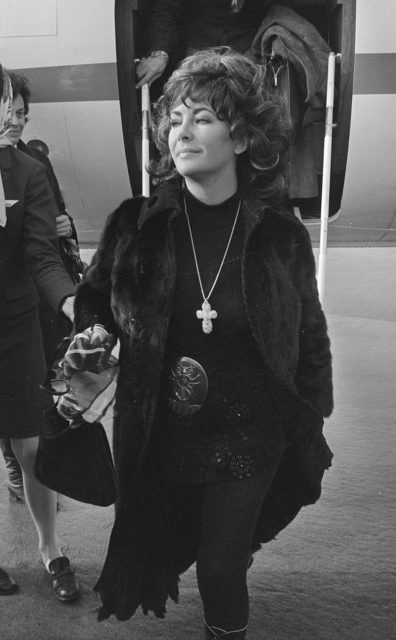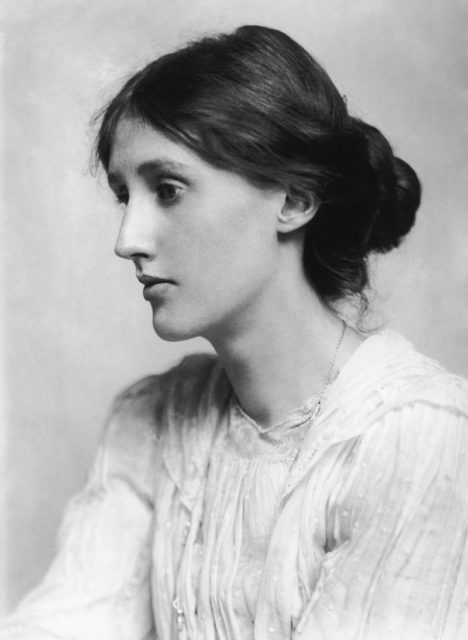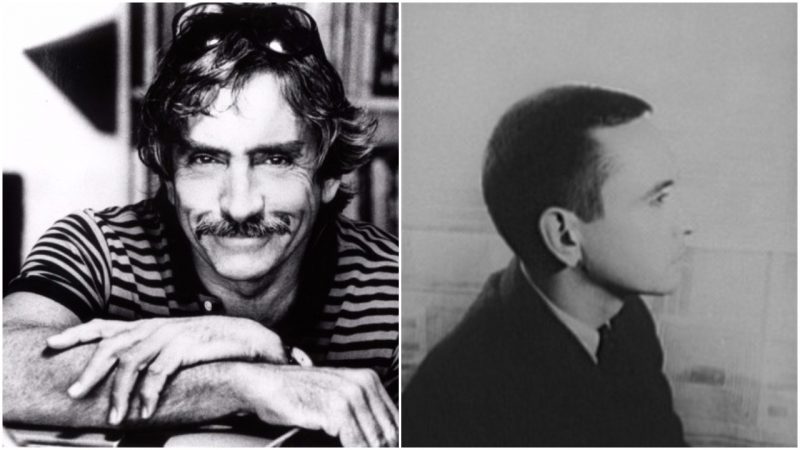“Who’s Afraid of Virginia Woolf?” is the name of a universally acclaimed play written in 1962 by Edward Albee. The play won several prestigious awards in the 1960’s, including the Tony Award for Best Play.
In 1966 Mike Nichols directed the film adaptation of the play which starred Elizabeth Taylor and Richard Burton, and the film further amplified the influence of the play.

“Who’s Afraid of Virginia Woolf” remains a highly popular play; it is nowadays revived in theaters across the world because its symbolism is extremely significant. It satirizes modern American society, criticizes the family-oriented traditionalism and shatters the image of the perfect American family.
The play depicts the tumultuous marriage of Martha and George, a couple of middle-aged intellectuals. George is a professor of History, and Martha is the daughter of the university’s director. They attend a party at the university and meet Nick and Honey, a laid-back and easy-going young couple.
They invite their couple to their home after the party and start slowly smothering them with their emotional difficulties and their deteriorating relationship.

The title of the play is a pun that references the song “Who’s Afraid of the Big Bad Wolf?” which appeared in Walt Disney’s 1933 animated adaptation of the classic fable “The Three Little Pigs.”

The songs itself was supposed to appear in the play, but the rights to the Disney songs are extremely expensive, so Albee replaced the song with “Here We Go Round the Mulberry Bush”, a song from the public domain that fits the meter of the famous Disney song.
Although the name of the play references the famous English novelist Virginia Woolf, the play itself has little to do with her life and work. Albee wanted to come up with a stereotypical university intellectual joke to use it as a title for the play.

He had several ideas for the name, and “Who’s Afraid of Virginia Woolf?” wasn’t one of them. He stumbled upon the name accidentally, when he went to the toilet of a bar after having a beer. He saw the name written on the mirror of the toilet, and he recognized it as a rather bland pun.
Since then, “Who’s Afraid of Virginia Woolf?” is known as a synonym for the critique of false optimism and the idea of the perfect American family.
